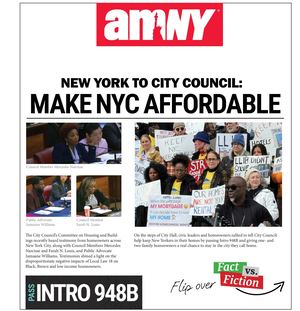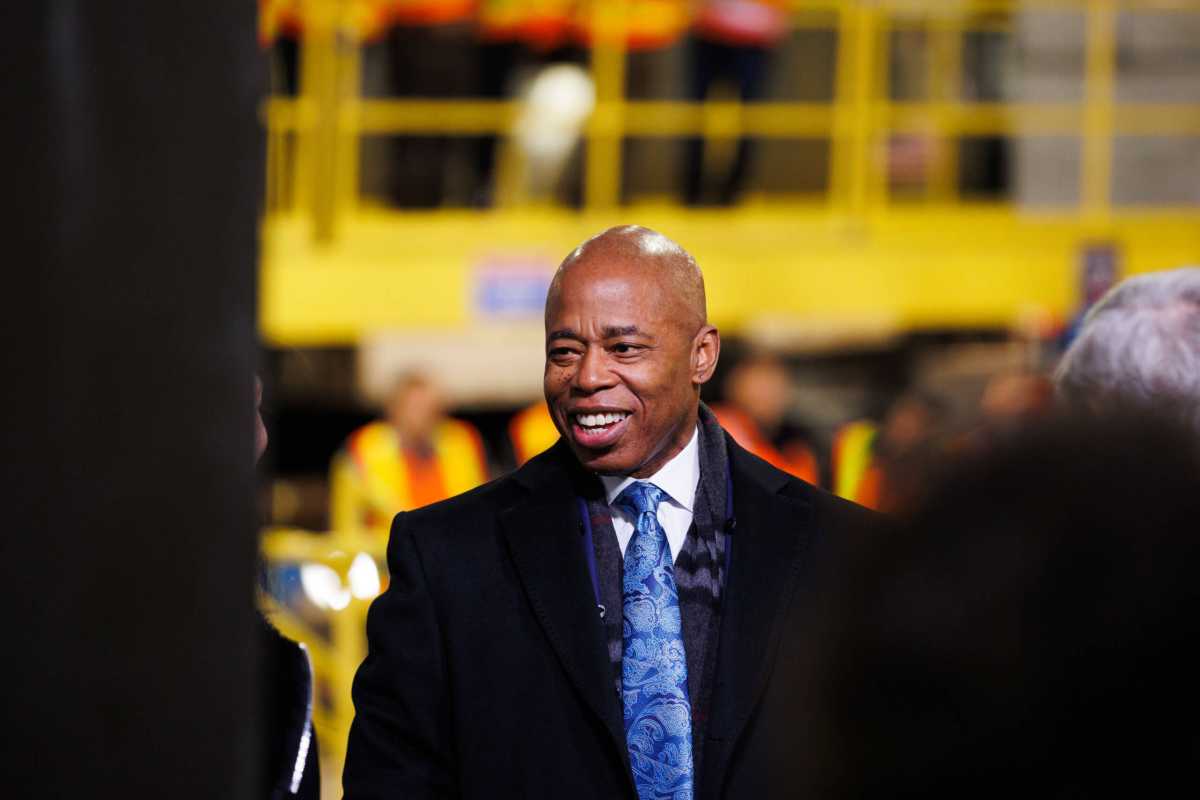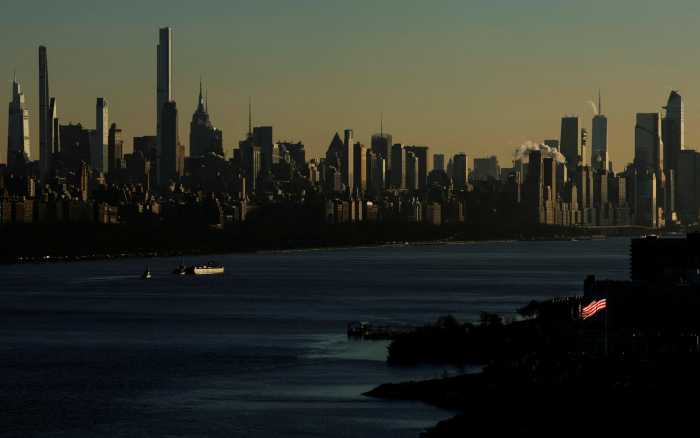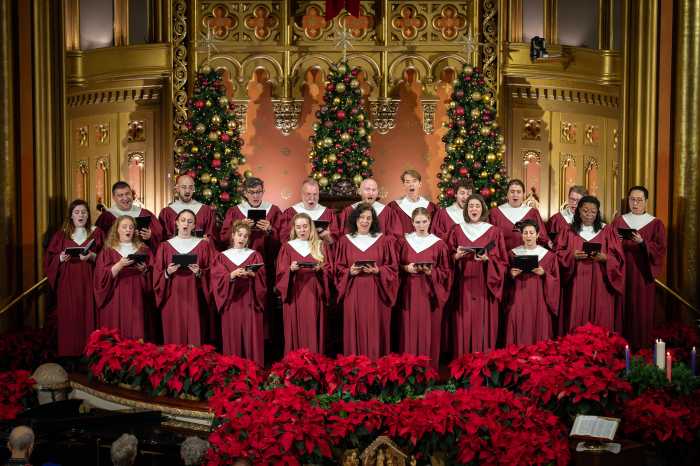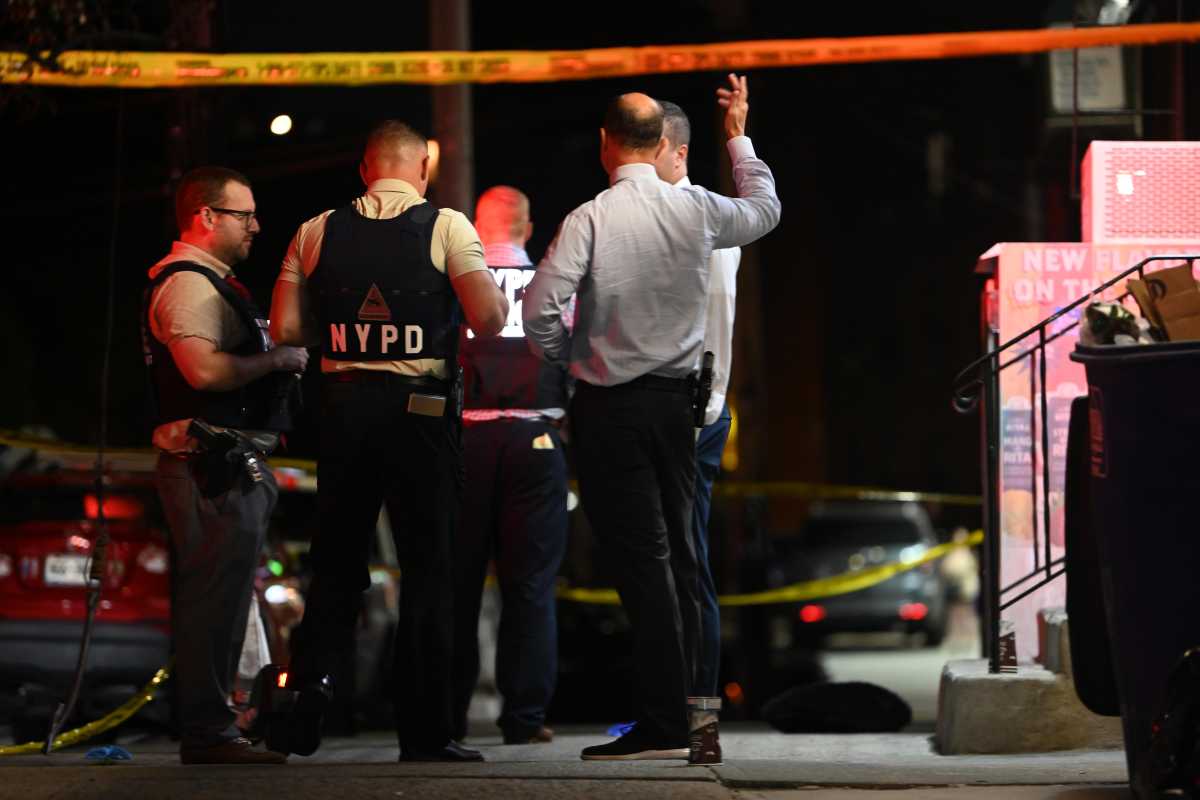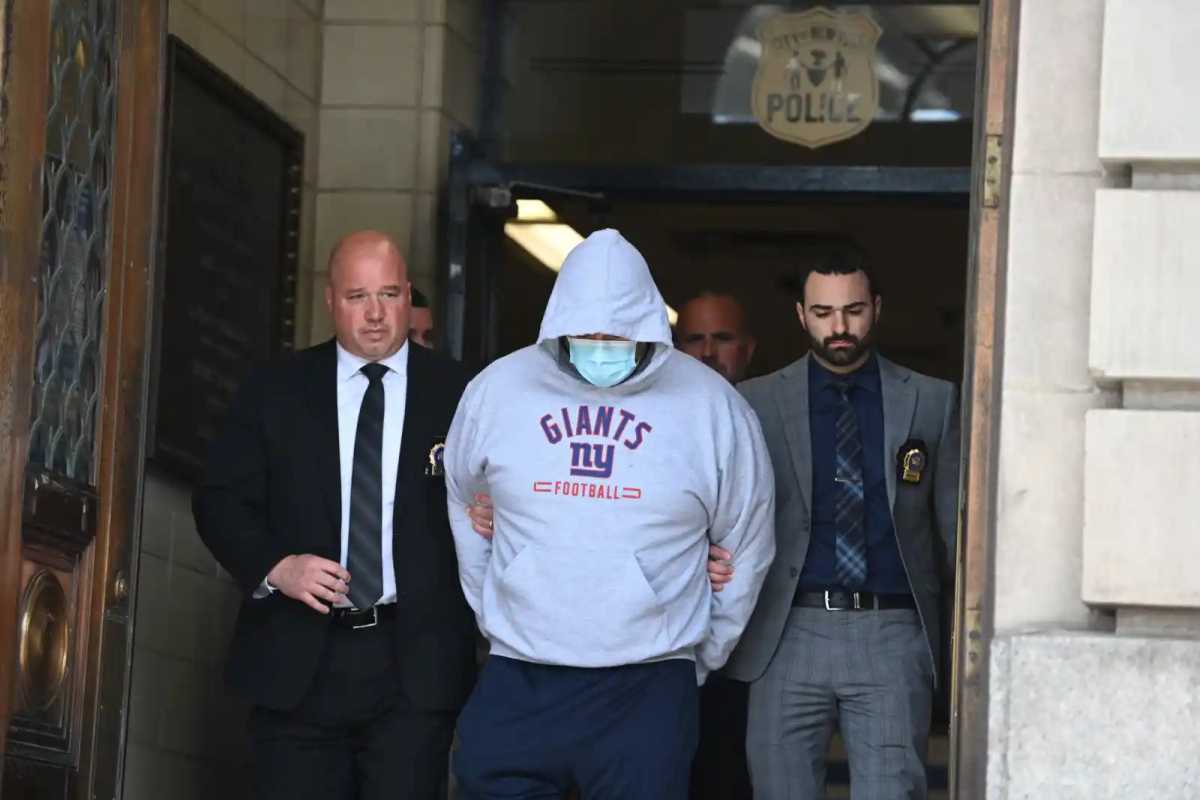Mayor Eric Adams expressed trepidation this week about a component of Governor Kathy Hochul’s plan to rescue the Metropolitan Transportation Authority that calls on the city to contribute an extra $500 million per year to the cash-strapped authority.
On Monday, the mayor said on Fox 5 that the city simply couldn’t afford to contribute such a sum, particularly as the city navigates its own perilous fiscal situation as federal COVID aid runs dry and the municipal budget is being stretched to cover the migrant crisis.
“A half a billion dollars is a lot of money, particularly when you look at, in 2025, we’re going to hit a fiscal cliff,” said Hizzoner. “I keep saying this over and over again. Federal dollars are going to run out. We’re dealing with this year, fiscal year, $1.4 billion in the migrants. Next year, $2.8 billion. We have the class size bill with capital dollars that are taking place. We are in a financial crisis, and I have to be fiscally prudent to navigate us throughout this turbulent period.”
What’s more, the mayor grumbled, no other municipality in the MTA’s service area — like Nassau, Suffolk, and Westchester counties — is being asked to directly fork over funds like the city.
“That is too much money to be part of New York City’s budget,” the mayor pointed out. “New York City has taken a hit, and what is even more troubling, no other municipality in the state is being asked to make that contribution to the MTA system. I’m just not clear on why.”
Adams acknowledged that his administration intends to sit down with the administration to register their complaints and hash out a deal that works for everyone.
The increased contribution is just part of the governor’s sprawling plan to save the fiscally-troubled MTA, where ridership has plummeted since the onset of the pandemic and where the authority faces a “fiscal cliff” as federal aid dries up. Ridership also remains at low levels as many people continue to work from home.
The governor has also proposed a slight increase in the payroll mobility tax, which is expected to generate $800 million in revenue, plus a one-time $300 million cash injection from the state, and $400 million in MTA-identified cost-cutting.
The governor said the MTA’s finances could be further shored up in upcoming years, with hundreds of millions in anticipated annual revenues from new casinos.
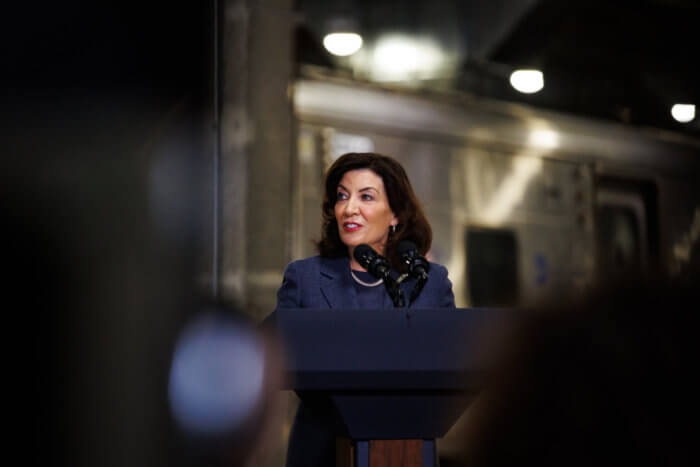
Hochul’s plan will not forestall a pair of 5.5% fare hikes planned for this year and 2025, which could bring the cost of a subway or bus ride above $3 for the first time. But it would prevent painful service cuts and layoffs, MTA brass contend, averting a potential “death spiral” situation where skimpier service causes riders to abandon the system, further imperiling the agency financially.
Without new revenue, the MTA’s $19.2 billion austerity budget faces a $600 million deficit this year, even accounting for the cost-cutting and fare hikes. The agency is legally required to produce a balanced budget. Left untreated, the deficit would grow to an untenable $1.6 billion by 2026, the authority claims.
Reached for comment, Hochul spokesperson Avi Small noted that the $500 million request is specifically earmarked to support city-specific services, namely paratransit operations and reduced-fare Student MetroCards, which is currently paid for by Albany.
“Governor Hochul’s Executive Budget makes transformative investments to make New York more affordable, more livable and safer, and she looks forward to working with the legislature on a final budget that meets the needs of all New Yorkers,” Small said in a statement. “We know Mayor Adams shares the Governor’s belief that the MTA is the lifeblood of New York City, and we look forward to working together on these investments to support a vital service that millions of New Yorkers rely on.”
Small noted that the vast majority of MTA riders — about 84% — are New York City residents, and said the city has the money to give more for its residents, citing Hizzoner’s own preliminary budget presentation.
Twenty percent of the MTA’s revenues from payroll taxes come from the counties outside the five boroughs served by the MTA, said Small. Those include Nassau and Suffolk counties, served by the Long Island Rail Road, and Westchester, Putnam, Dutchess, Rockland, and Orange counties, served by Metro-North. Each of those counties has a significantly higher median income than the city, according to US Census data.
Asked for comment at an unrelated press conference, MTA Chair and CEO Janno Lieber directed amNewYork Metro to his testimony to the state Assembly and Senate this week during the first of Albany’s marathon of budget hearings, where he discussed paratransit funding.
“Of all the things that we share, the Governor proposed to give the City a lot of money in other ways, this is one where we think the City should be paying the whole tab…,” Lieber said. “That’s the proposal. Yeah, the $500 million you are talking about.”
